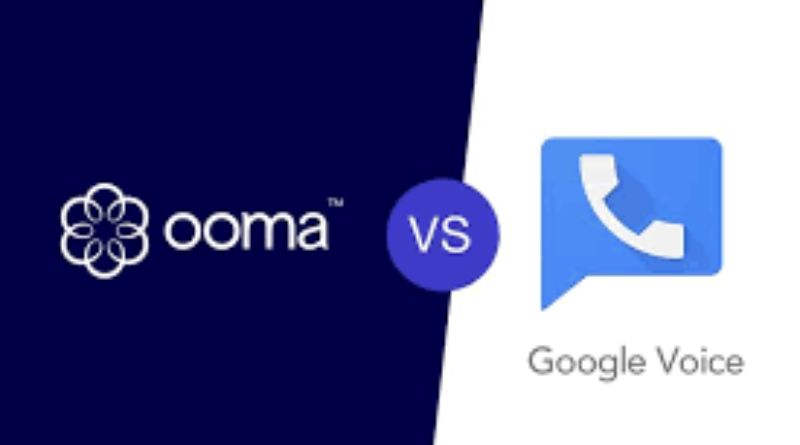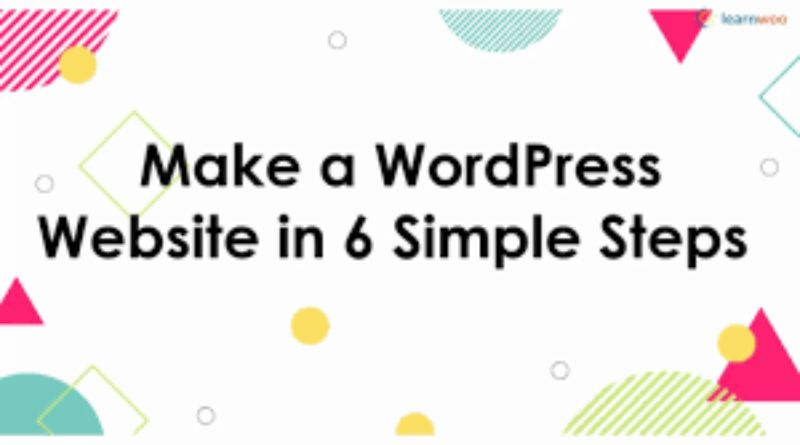Google Voice has been around since 2010, but it took Ooma, the previous market leader, until 2014 to release its own cloud-based phone service that provided an alternative to Google Voice. Now that both services have been out in the marketplace for several years and have had time to evolve, it’s only natural that you’d start wondering which service is best for your business in 2022—Google Voice or Ooma? Let’s find out!
Ooma
Google is a great choice if you want to use it with your traditional phone service. Ooma is an excellent choice if you want to use it as your primary phone service because it offers more features and call quality for the same price. There’s also the option of using both services at the same time, so why not give them both a try and see which one works best for your business?
Google Voice
A great way to save on your business phone bill is to use a VOIP provider like Google Voice. With this service, you will be able to make and receive calls and texts over the internet. All of your communication will be transferred through one app. Plus, it’s free! The only downside is that you’ll have to set up an account with Google and verify your phone number before you can use it.
What is a Virtual PBX?
A virtual PBX is a type of phone system that is hosted by a company on its own servers and accessed through the internet. This means that your business can have a phone system without having to buy, install, and maintain the hardware. Instead, all you need to do is sign up for the service and you’re good to go. All calls are routed through this virtual PBX and can be handled by the hosting company’s call center if needed.
How Can I Set Up My VoIP System
Setting up your VoIP system is a lot easier than you might think. Simply choose your preferred phone number, plug the Ooma device into an internet connection and follow the quick installation process. You can even order a second line to make it easier to switch back and forth between work calls and personal calls.
Equipment You Need When Setting Up VoIP at Home
When setting up Ooma at home, the first thing you’ll need is a broadband connection and high-speed internet. Next, you’ll need to decide on which phone plan will be right for your needs. The next piece of equipment you’ll need is a landline adapter that connects your phone to the Ooma box.
What Type of Customer Support Does Each Provider Offer?
Google offers live phone support from 9 am to 9 pm, seven days a week, while Ooma has a 24-hour call center that’s available to respond to questions.
How Well Does Each Work With My Cellphone, iPad, or Computer Apps?
So, if you’re wondering which is better, Ooma vs. Google Voice, keep reading to find out! Ooma will work with your cell phone and computer apps, but not your iPad. So if you use an iPad as much as a cell phone and computer, then you’ll want to go with Google Voice instead of Ooma.
Who Are the Most Popular VOIP Providers to Choose From Right Now Anyway? – We Give Our List!
There are a number of different VOIP providers to choose from, with the most popular ones being Ooma and Google Voice. The thing is, there’s no clear answer on which one is better because it depends on your personal preferences and how you want to use the service. With that said, we’ve put together a list of things you should consider when choosing which service will work best for you.





